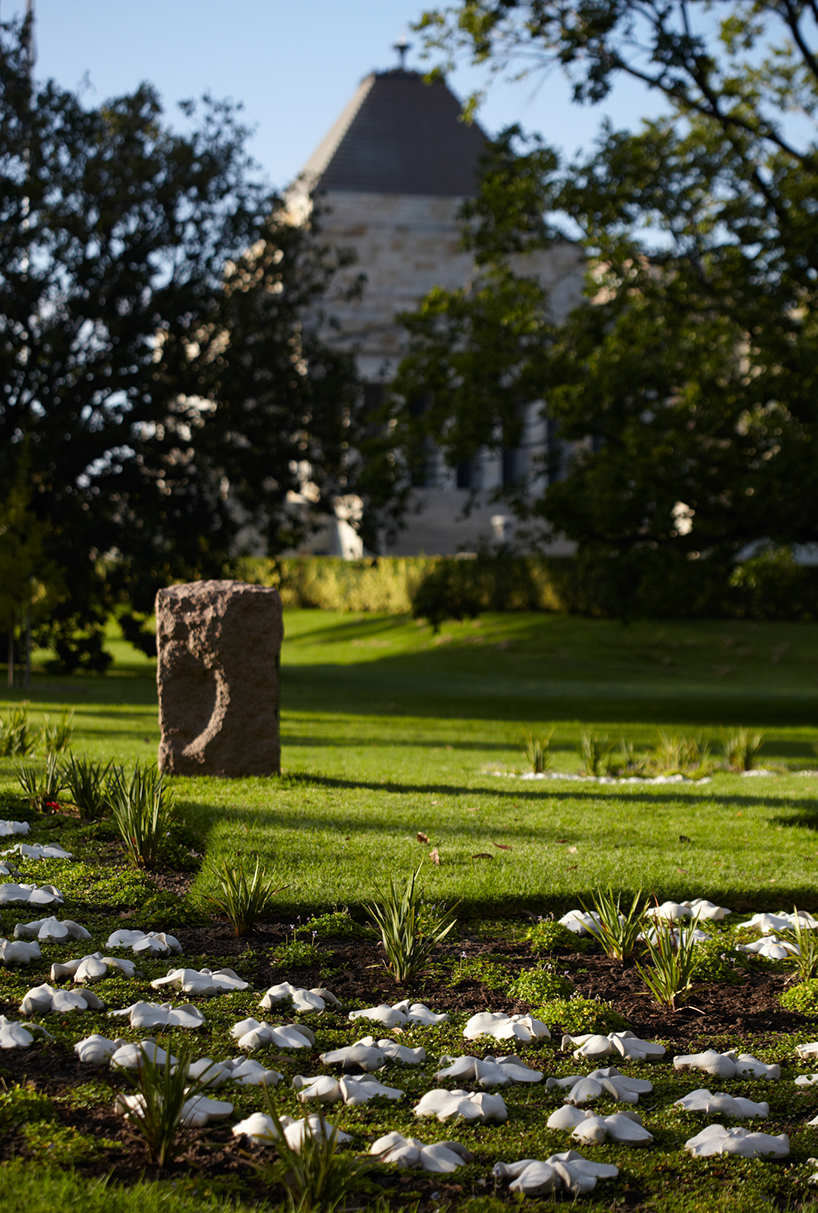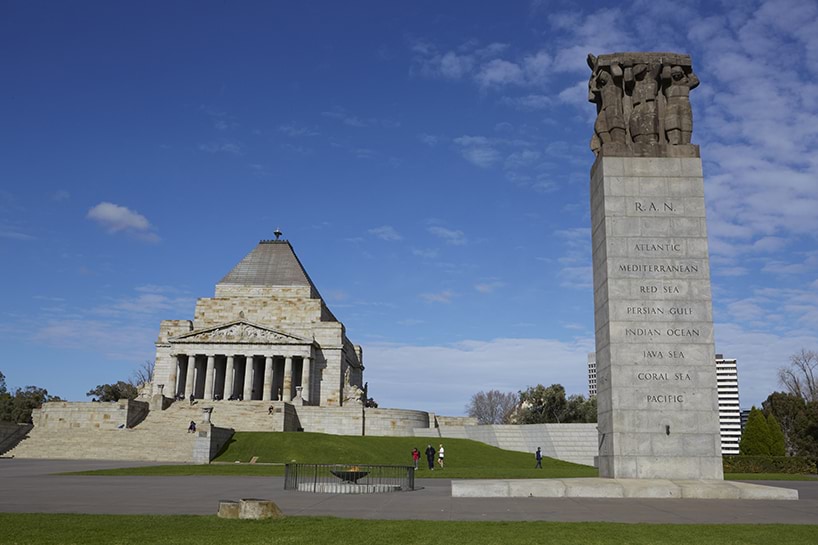
Across the Shrine’s 13-hectare Reserve are more than 320 trees. They are dedicated to the memory of our military units, battalions, squadrons and ships. They are a living reminder of the thousands who have served and sacrificed in war, peacekeeping and peacemaking.
This tree is the Ficus carica, also known as the common fig tree. In the Shrine Reserve this fig tree is very special – we know it as the Tobruk Fig Tree.
During the Second World War, Australian soldiers were at the siege of Tobruk in North Africa. Controlling North Africa gave the Allied forces access to the Suez Canal. This enabled oil from the Middle East and raw materials from Asia to be more readily accessible. Tobruk became an important strategic location. The deep harbor and the town surrounded by hills made it easy to protect. Located inside the Tobruk defences, the fig tree was the only feature in an otherwise barren desert. The tree became known as the Fig Tree Hospital and marked the entrance to an underground network of caves used by the Australians to treat the wounded. The caves were a place to stabilise the wounded before transferring them to the Australian General Hospital near the harbour in Tobruk.
Unfortunately, the Fig Tree Hospital was visible from miles away and as a result was an easy target for German artillery. The site was heavily shelled for several hours a day. A cutting from the tree was brought back to Australia and planted here at the Shrine of Remembrance. The tree you see today has grown from that cutting.
Explore nearby:
Explore with your family
Our Shrine Kids and Explorer Kit activities and programs take the whole family on a journey of discovery.
Download a visitor map
Navigate our key inside and outside areas.
Updated



